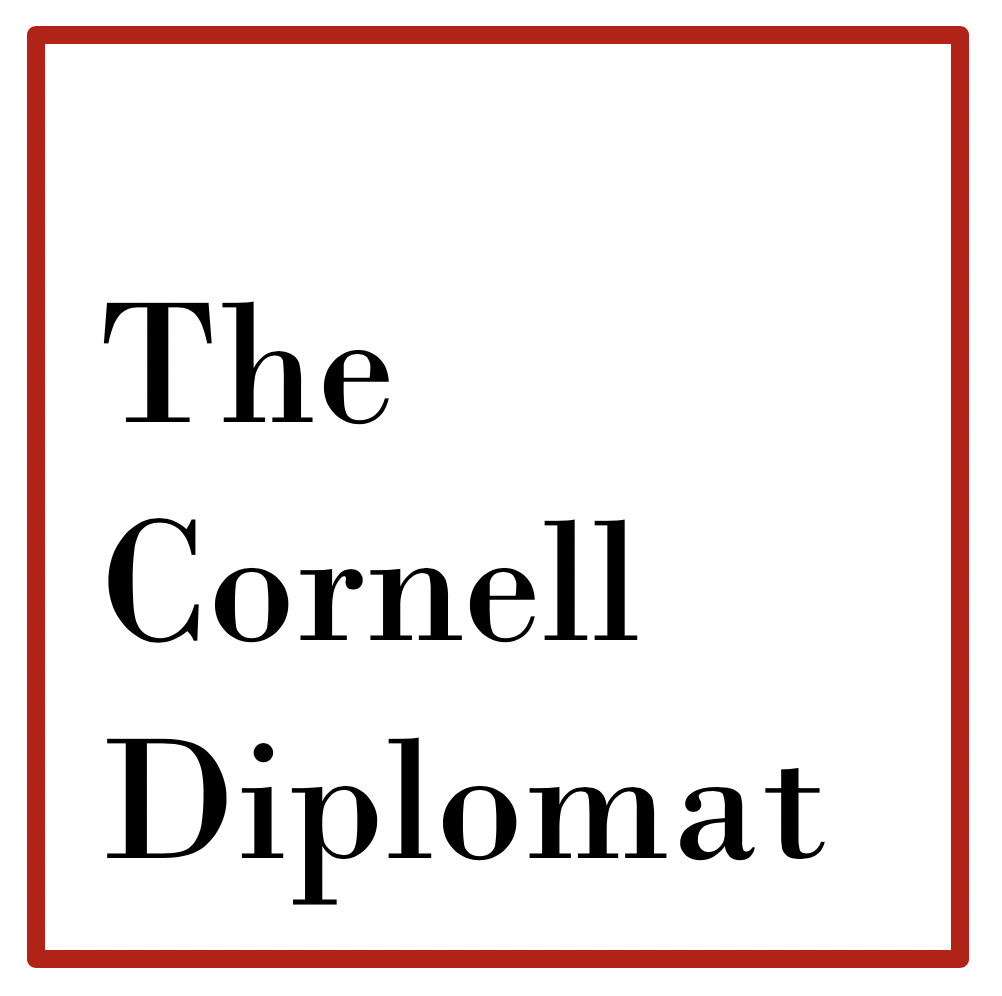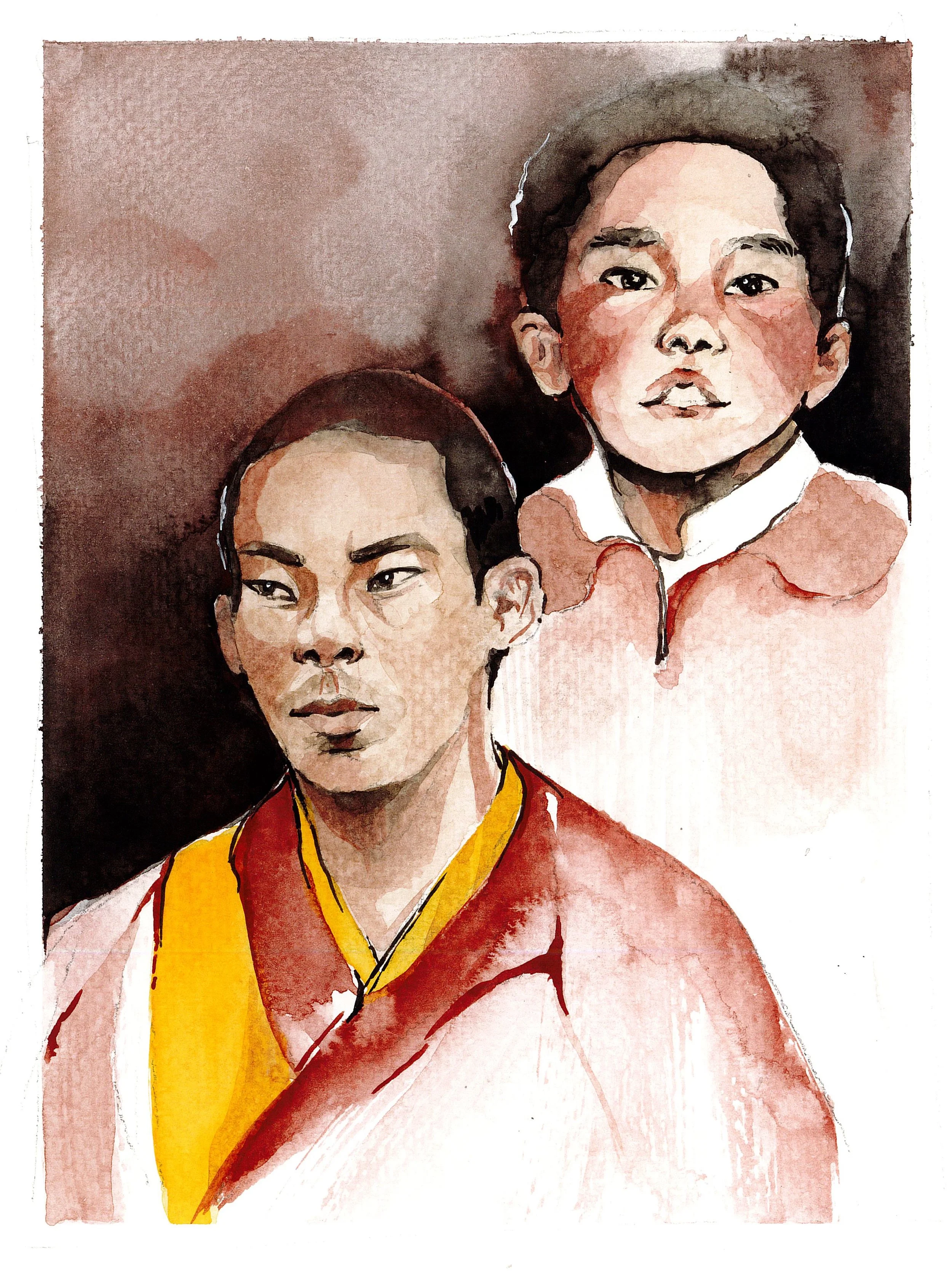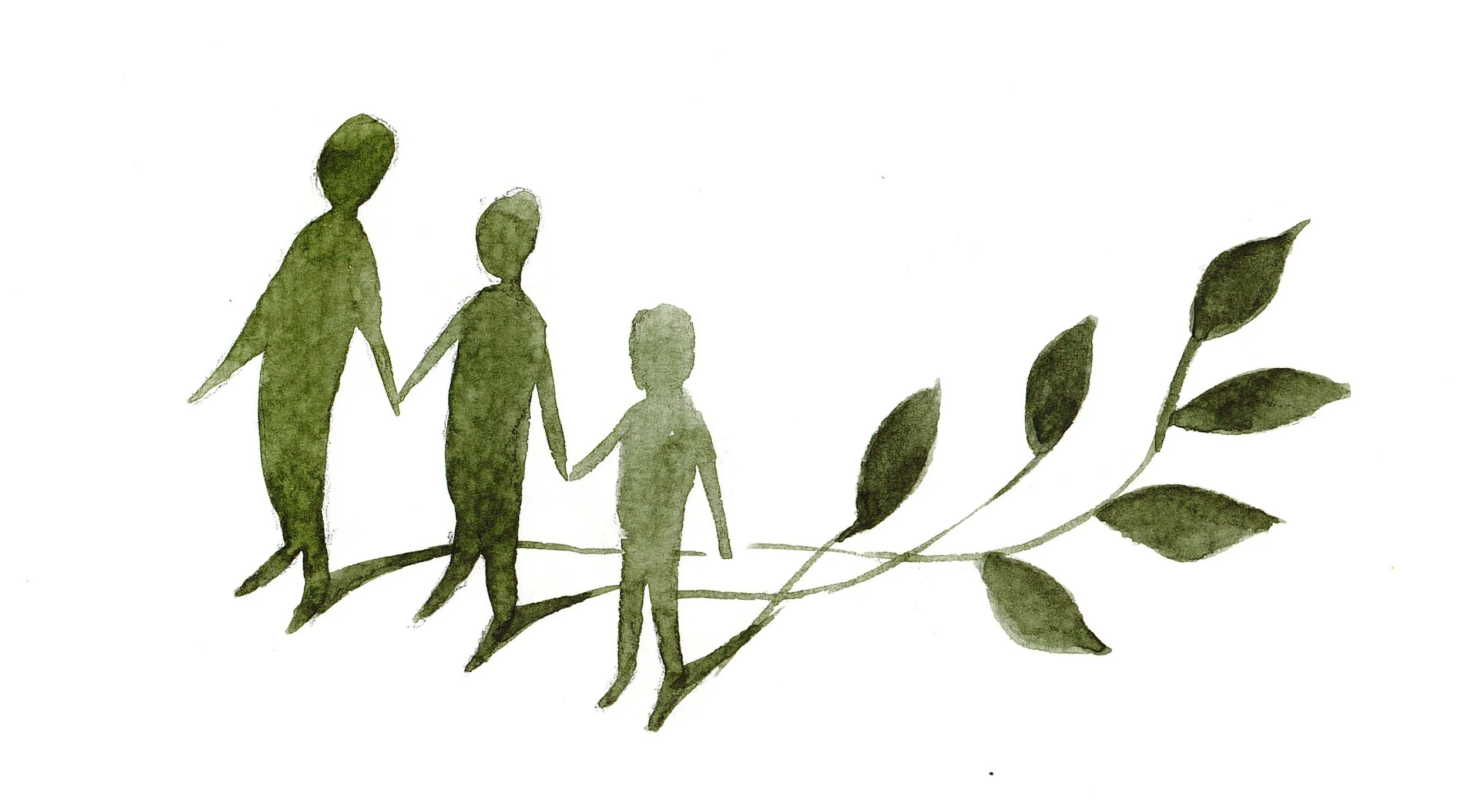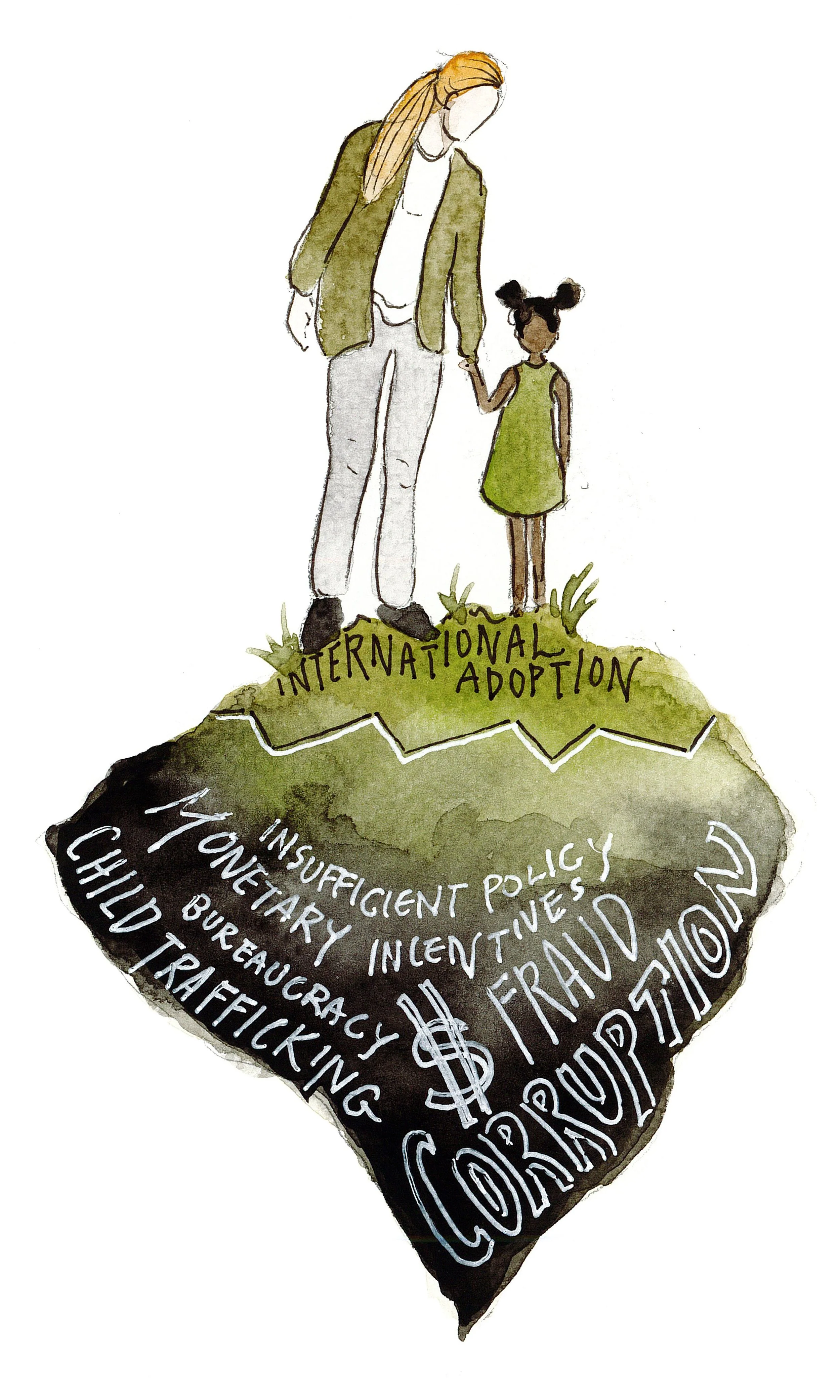Conflict, Capture, and Control: The Involvement of Children in the Tibet-China Rivalry
Conflict, Capture, and Control:
The Involvement of Children in the Tibet-China Rivalry
By Collin Mattis
Introduction
A great deal of experience, skill, and public trust is thought to be necessary in order to successfully lead a country, religion, or organization. It is intriguing, therefore, that for much of history, young children have often been trusted to serve as critical decision-makers and key symbols of these institutions. Throughout antiquity and the Middle Ages, it was not uncommon for children to be thrust into high-stake political positions as a result of hereditary succession. Nor was it uncommon for these child-kings to struggle or fail in these positions. Philip II was made Roman Emperor at the age of 12 and was then murdered by the Praetorian Guard; [i] Charles VI of France, who inherited the throne at the age of 11, would later be known as the Mad King as a result of his bouts with psychosis. [ii] Even with these systems of governance and inheritance in place, it has been historically acknowledged that young children are not always suited to rule a nation and deal with all of the challenges that accompany such a task. For example, France was ruled by a regency of Charles VI’ uncles for 10 years until the boy-king was older and more fit to rule. [iii] Placing children into these positions filled with danger, stress, and difficulty has become increasingly untenable, and with the fading of monarchies as politically powerful institutions over the last few decades, the practice of children leading countries has essentially ceased.
Children do, however, still play critical—sometimes leading—roles in politics, social movements, and religious institutions in the modern era. Many of the royal families in Northern Europe still serve as important national symbols and are at the center of the media spotlight. Children born to the House of Saud or in the Kim dynasty are essentially raised with the expectation that they will take on important roles in their respective governments. While these positions are not necessarily as demanding as heading the government apparatus of a country, their significance can still have detrimental effects on these young leaders. Malala Yousafzsi, a Pakistani activist for female education, rose to prominence at the age of 12. [iv] The attempt on Malala’s life at the age of 15 demonstrates that these children are still not safe from the dangers and stresses that burdened the young monarchs of history.
This is especially evident when examining the disappearance of the Tibetan child Gendum Choeki Nyima and his family after being captured by Chinese authorities in 1995. Nyima was chosen by the current Dalai Lama, Tenzin Gyatso, to be the 11th Panchen Lama, the second-highest authority in Tibetan Buddhism, when he was 6 years old. [v] If he is still alive, he would now be in his early thirties–yet nobody outside of the Chinese government knows his location. Another child, Gyaincain Norbu, was selected by the Chinese as their claimed Panchen Lama at the age of 5. He has lived his entire life under Chinese authority, making it more than likely that his every move is made with Beijing’s national interests in mind. [vi]
Both Nyima and Norbu were selected to perform a role of religious significance and rich tradition for highly political and strategic reasons. Neither chose their paths, but the lives of both have been completely altered because of how these religious and governmental entities utilized them for strategic gain. This situation seems medieval: the kidnapping of one child meant to be a leader and the public manipulation of another, all for the political benefit of a foreign nation. These events arose from the intersection between a distinctly modern political battle over self-sovereignty and expansion and very old religious practices that involve child leadership and dependence on children. This incident unveils several ethical challenges, not only against the actions of the Chinese government involving these children, but the Buddhist traditions at play as well.
A Brief History of Tibetan Buddhism and China:
Buddhism first arrived in Tibet in the 7th Century by way of Indian teachers, where it rapidly grew after receiving state sponsorship. Over the centuries, Buddhism largely disappeared from India due to invasions and institutional competition, leaving Tibet as the center of Buddhism in Central Asia. [vii]
At the forefront of Tibetan Buddhism is its system of Lamas, or spiritual leaders, some of whom are believed to be reincarnations of their predecessors. The highest lineage of reincarnating Lamas in Tibetan Buddhism is the Dalai Lama, who is considered to be the physical manifestation of Avalokiteshvara, the most popular figure in Buddhist legend. The process of finding a reincarnated lama is extensive and elaborate, especially for the Dalai Lama: the rebirth can occur at any time, and candidates are evaluated through a substantial process of examination. The Panchen Lama is the second-highest figure of importance in the religious hierarchy and is tasked with finding the next Dalai Lama. [viii] Beginning in 1642, the Dalai Lama also became the political leader of Tibet, introducing these systems of spiritual leadership into the governmental structure of Tibet. [ix]
Throughout its history, the status of Tibet as a sovereign power has been a particularly contentious topic among the powers of Eastern and Central Asia. The core of the conflict, however, has always centered around China. The former has consistently maintained that Tibet is an independent country, with the latter asserting that Tibet is instead an inalienable part of China. The main source of justification used by both parties to assert their claim to legitimacy has been historical precedent, though Tibetans have also focused on language, culture, and religion to support their claim to independence. Tibet was formally a subject of the Qing Empire until the end of its rule; however, the actual nature of this subjugation remained disputed as the region retained a significant degree of autonomy. This uncertainty made Tibet a source of contention between British India, Russia, and the Qing. After the 1911 Xinhai revolution, the Republic of China continued to view Tibet as more of a vassal state than an integral part of China, though they continued to stress an essential link between their people. Despite these assertions, the Republic’s decentralized state and Warlord Era allowed Tibet to retain its sovereignty until the end of the Chinese Civil War. [x]
The establishment of the People’s Republic of China marked the first time since the Qing that China had both the military capability and ideological determination to assert itself over Tibet. [xi] In 1950, the PRC officially declared its sovereignty over the region and sent troops to occupy it later that year. The 14th and current Dalai Lama, Tenzin Gyatso, assumed leadership of Tibet a month later and requested assistance from the United Nations, whose General Assembly condemned the invasion. [xii] In 1951, the Dalai Lama signed the 17 Points Agreement for the Peaceful Liberation of Tibet, which allowed him to maintain control over internal affairs in Tibet but essentially resulted in the political integration of Tibet into China. [xiii] The Chinese government continued to violate the agreement and interfere with internal matters, leading to conflict and an eventually open rebellion in Tibet in 1959. Chinese troops launched a counteroffensive, crushed the rebels, and dissolved the autonomous government. The Dalai Lama fled in exile to India, along with a wave of over 100,000 Tibetan refugees to other neighboring countries. Chinese authorities closed Tibetan monasteries and imposed Chinese laws and customs in the region. Since the exile, the PRC and Tibet have engaged in a series of clashes and disputes over the controversial reforms, human rights violations, and failed negotiations. [xiv] The conflict remains unsettled today, as the Dalai Lama continues to live in exile in India and now advocates for the “Middle Way” approach, which abandons ambitions for an independent Tibet in favor of seeking greater autonomy within China through dialogue. Many younger Tibetans, however, remain frustrated with the lack of progress and continue to support a more aggressive approach aimed at independence. [xv] The continuation of this rivalry between China and Tibet, as well as the associated traditions and controversies revolving around political and religious legitimacy, have enabled this unique and ethically questionable utilization of children as political tools to transpire.
The Capture of and Controversy surrounding the Panchen Lama
A climactic juncture within this rivalry occurred in 1995 with the beginning of the 11th Panchen Lama controversy. In 1989, the tenth Panchen Lama, Choekyi Gyaltsen, suddenly passed away in Tibet, fostering greater urgency in the search for the next Panchen Lama. After conducting separate searches that each began in 1991, representatives of the Dalai Lama and Beijing attempted to cooperate on selecting the next incarnation of the Panchen Lama. On May 14th, the Dalai Lama named six-year-old Gedhun Choekyi Nyima as his selection. [xvi] However, on May 17th, Chinese authorities kidnapped the child, his parents, and two monks from a remote town in Tibet, making Nyima the youngest political prisoner in the world. [xvii] Beijing then named five-year-old Gyaincain Norbu as the true reincarnation of the Panchen Lama. [xviii] This began the period in which two Panchen Lamas were recognized by two separate entities, which continues to this day.
The location and status of Gedhun Choekyi Nyima, the exiled Dalai Lama’s selected Panchen Lama, remains unknown to anyone besides the Chinese authorities. [xix] Beijing has stated that he is being held somewhere secret for protection and that he is living a relatively normal life and is not interested in being in the public spotlight. [xx] Though Nyima would now be in his early thirties if he is still alive, there exists just one photo of him, taken when he was six years old. [xxi] Without even a clear means of identifying him, Nyima’s discovery is fully within the hands of the Chinese government, and they have shown no intention of releasing his location so long as it would threaten their legitimacy .
Gyaincain Norbu, the son of two Communist Party members and the Panchen Lama recognized by China, is effectively held under house arrest in Beijing and not allowed to travel freely or talk to foreigners. [xxii]He has been paraded around Tibet annually in an attempt to legitimize his position and garner support for him from Tibetans. His reputation is complex: some see him as an imposter and a puppet of Beijing and refuse to help legitimize him in any way. Others, while not willing to recognize him as the true incarnation, still believe he is worthy of respect as an important Lama. In 2015, he publicly called for the government to relax restrictions on the number of monks and nuns allowed to live in monasteries in Tibet, leading some to believe he may not be as loyal to Beijing as previously thought. [xxiii] Regardless of his true beliefs, the reality of his situation is one tied to China’s interests.
The backdrop for all of this controversy is largely political as it is part of the greater battle for social and religious control over Tibet and its people. With the 14th Dalai Lama now 86 years of age, Beijing is essentially waiting for the Panchen Lama to die to begin looking for his next incarnation within China, who will likely be legitimized by their Panchen Lama’s selection. However, the Dalai Lama has asserted that only he can decide whether or not he will reincarnate and has suggested the possibility that he will not do so as long as China rules over Tibet. China continues to assert the narrative that a Dalai has never chosen the next Dalai, framing their plans to declare their own successor as the chosen Dalai Lama when that time arises. [xxiv] Both parties have acted on interests of a far larger scope than the concern surrounding these children, and yet, they will be the ones who endure the greatest repercussions of these political maneuvers.
Implications for Buddhist Tradition of Political Rivalry
This controversy is based around the very old traditional religious practices that play a vital role in Tibetan Buddhism, and is fueled by the political rivalry between China and Tibet over control in the region. Because Tibet’s identity and leadership are so dependent on Buddhism and religious organization, these religious traditions play a central role in its politics. The outcome is an internationally declared human rights violation that harkens back to the misfortunate stories of child-kings. Forcing young children into these difficult situations has led to them being harmed and manipulated as pawns in the strategic and political games of greater powers. While several geopolitical rivalries over independence and self-determination exist around the world today, the ancient religious traditions that are so inherent to Buddhist and Tibetan culture, as well as the disregard for human rights and international law displayed by the Chinese government, are what have allowed this unique and disturbing situation to arise. This case calls into question what role either factor should play in a modern society in which there is a fairly understood consensus that children should not be harmed, manipulated, and put into positions of power for a nation’s gain.
China has continued to engage in these practices of deceit and misinformation in the case of Nyima, and in its control and exploitation in the case of Norbu. The Dalai Lama, however, has spoken about possibly ending his reincarnation and the traditions surrounding it for the time being, given how they have been mishandled and misconstrued. [xxv] Perhaps these doubts are legitimate, and traditions that grant young children titles of power and significance are ill-suited to the modern world. Or, perhaps, the modern world is one in which national leaders, generally fully grown men and women, cannot be trusted to protect such traditions.
Illustration by Esther Wang
[i] Smith, William. 2005. A Dictionary of Greek and Roman Biography and Mythology. Vol. 3. http://name.umdl.umich.edu/acl3129.0003.001.
[ii] The Editors of Encyclopaedia Britannica. n.d. “Charles VI | King of France | Britannica.” Accessed November 18, 2021a. https://www.britannica.com/biography/Charles-VI-king-of-France.
[iii] Ibid
[iv] “The Nobel Peace Prize 2014.” n.d. NobelPrize.Org. Accessed November 18, 2021. https://www.nobelprize.org/prizes/peace/2014/yousafzai/biographical/.
[v] “The Panchen Lama Controversy – Who Will Identify the next Incarnation of the Dalai Lama?” n.d. Accessed November 18, 2021. https://thepanchenlamacontroversy.com/.
[vi] Kuhn, Anthony. 2016. “In Tibet, A Long-Banned Buddhist Rite Takes Place, But Not Everyone’s Pleased.” WAMU (blog). July 24, 2016. https://wamu.org/story/16/07/24/in_tibet_a_long_banned_buddhist_rite_takes_place_but_not_everyones_pleased/.
[vii] “What Is the History of Tibetan Buddhism?” n.d. Buddhism for Beginners. Accessed November 18, 2021. https://tricycle.org/beginners/buddhism/history-of-tibetan-buddhism/.
[viii] “Lama | Tibetan Buddhism | Britannica.” Accessed November 18, 2021b. https://www.britannica.com/topic/lama.
[ix] Lambert, Tim. 2021. “A BRIEF HISTORY OF TIBET.” Local Histories (blog). March 14, 2021. https://localhistories.org/a-brief-history-of-tibet/.
[x] Sperling, Elliot. 2004. “The Tibet-China Conflict: History and Polemics.” East-West Center. http://www.jstor.org/stable/resrep06540.
[xi] ibid
[xii] The University of Central Arkansas. n.d. “China/Tibet (1950-Present).” Accessed November 18, 2021. https://uca.edu/politicalscience/dadm-project/asiapacific-region/chinatibet-1950-present/.
[xiii] BBC News. 2014. “Tibet Profile - Timeline,” November 13, 2014, sec. Asia. https://www.bbc.com/news/world-asia-pacific-17046222.
[xiv] The University of Central Arkansas. n.d. “China/Tibet (1950-Present).” Accessed November 18, 2021. https://uca.edu/politicalscience/dadm-project/asiapacific-region/chinatibet-1950-present/.
[xv] Majumdar, Bappa. 2008. “Tibetans Decide to Stick to Dalai Lama’s ‘Middle Way.’” Reuters, November 22, 2008, sec. World News. https://www.reuters.com/article/us-india-tibet-china-idUSTRE4AL1IH20081122.
[xvi] “The Panchen Lama Controversy – Who Will Identify the next Incarnation of the Dalai Lama?” n.d. Accessed November 18, 2021. https://thepanchenlamacontroversy.com/.
[xvii] Richardson, Sophie. 2020. “25 Years After ‘Disappearing’ Tibetan Panchen Lama, China Is No Nearer to Its Goal.” Human Rights Watch (blog). May 15, 2020. https://www.hrw.org/news/2020/05/15/25-years-after-disappearing-tibetan-panchen-lama-china-no-nearer-its-goal.
[xviii] Kuhn, Anthony. 2016. “In Tibet, A Long-Banned Buddhist Rite Takes Place, But Not Everyone’s Pleased.” WAMU (blog). July 24, 2016. https://wamu.org/story/16/07/24/in_tibet_a_long_banned_buddhist_rite_takes_place_but_not_everyones_pleased/.
[xix] Ibid
[xx] Richardson, Sophie. 2020. “25 Years After ‘Disappearing’ Tibetan Panchen Lama, China Is No Nearer to Its Goal.” Human Rights Watch (blog). May 15, 2020. https://www.hrw.org/news/2020/05/15/25-years-after-disappearing-tibetan-panchen-lama-china-no-nearer-its-goal.
[xxi] Tseten, Dorjee. 2015. “China’s Worst Kept Secret: 5 Facts About the Abduction of Tibet’s Panchen Lama – SFT.” May 22, 2015. https://www.sftindia.org/chinas-worst-kept-secret-5-facts-about-the-abduction-of-tibets-panchen-lama/.
[xxii] BBC News. 2014. “Tibet Profile - Timeline,” November 13, 2014, sec. Asia. https://www.bbc.com/news/world-asia-pacific-17046222.
[xxiii] Kuhn, Anthony. 2016. “In Tibet, A Long-Banned Buddhist Rite Takes Place, But Not Everyone’s Pleased.” WAMU (blog). July 24, 2016. https://wamu.org/story/16/07/24/in_tibet_a_long_banned_buddhist_rite_takes_place_but_not_everyones_pleased/.
[xxiv] “The Panchen Lama Controversy – Who Will Identify the next Incarnation of the Dalai Lama?” n.d. Accessed November 18, 2021. https://thepanchenlamacontroversy.com/.
[xxv] Kuhn, Anthony. 2016. “In Tibet, A Long-Banned Buddhist Rite Takes Place, But Not Everyone’s Pleased.” WAMU (blog). July 24, 2016. https://wamu.org/story/16/07/24/in_tibet_a_long_banned_buddhist_rite_takes_place_but_not_everyones_pleased/.



